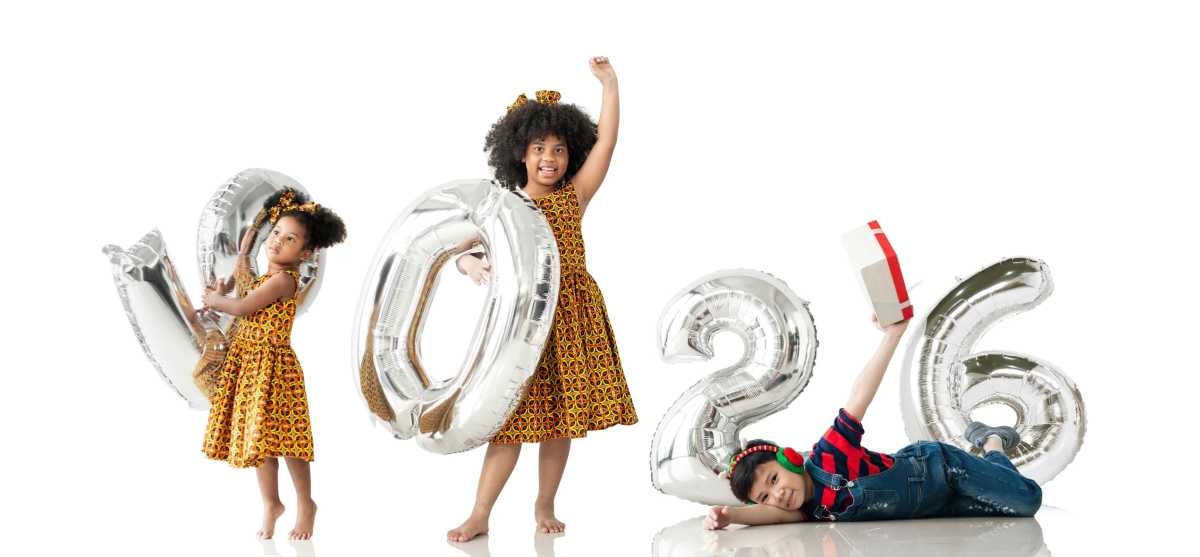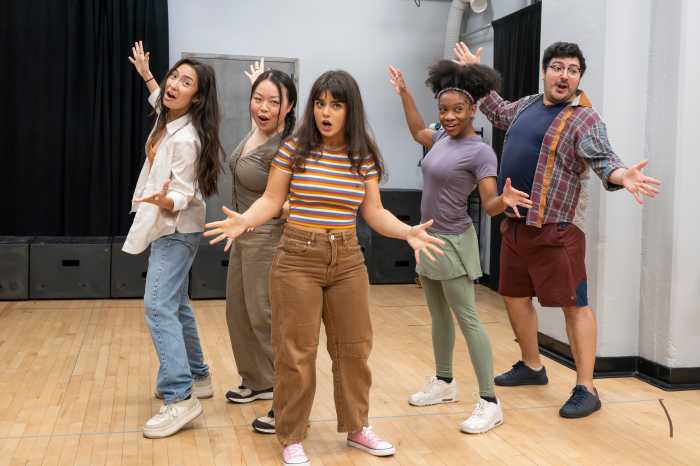Nearly a quarter-century ago, the 9/11 terrorist attacks of 2001 not only stole the lives of 2,977 people but also irreparably reshaped the lives of survivors and their families.
Each year, hundreds come together at the National September 11 Memorial & Museum, where the Twin Towers once stood, and reflect on one of the great catastrophes to take place on American soil. That tradition continued Thursday morning, with moments of silence marking the painful sequence of the attacks that happened 24 years ago, but for many, seem like they occurred only yesterday.
Twenty-four years ago, Peter Bitwinsk was on the 69th floor of the North Tower when the first plane struck. The impact sent him hurtling into his desk. The next two minutes, he described, were the longest in his life.
“We were 22 floors below the impact of the plane. So, there was no fire, no smoke, nothing falling from the ceilings or the walls, but the building was violently moving,” Bitwinsk told amNewYork. “I heard crunching steel as the building was moving. The floor was rolling like being on a skateboard. That lasted about one to two minutes until the building righted itself.”
Bitwinsk not only survived the horrendous attack but also heroically helped others escape who would otherwise not have been able to.



“I have a buddy who’s paralyzed, and a co-worker of mine, John. I knew he would need help,” Bitwinsk recalled. “Ten of my co-workers hung around and we helped him, got him into an evac chair and developed a system, and got down the staircase. We had a couple of frantic moments, but we emerged here on West Street at about 10:15.”
Bitwinsk revealed that he has undergone extensive grief counseling and not only returns to honor those lost each year, but he also volunteers at the 9/11 Museum.
‘I lost my dearest friend’ on 9/11
Greg Carafello had a very similar experience to Bitwinsk. Carafello was on the 18th floor of the south tower that fatal day and still remembers the sound of the plane colliding.
“You could hear just a concussion, like a sonic boom. You could feel the windows shake and kind of concuss, and then maybe seconds later, you’d see all the debris flying,” Carafello said. “The noise level, if you ask people that are survivors or near, the noise level — it was unbelievable. With the planes coming in at 450, 550 miles an hour, hitting cement and steel and explosion and fuel. It was an unbelievable noise level.”



Despite the trauma that has persisted for Carafello, he believes it is important to live on for those who have been lost and to remember them.
“I lost my dearest friend since six-years-old, best man at my wedding, co-captain of the football team, Jimmy Martello. And you know, it was hard to take because it was a big void,” Carafello said. “You want to remember the good things.”
The ceremony itself was a somber affair with families of loved ones reading the names of those who perished, while several moments of silence were observed with the tolling of a bell.
Several notable figures also attended the event, including New York Gov. Kathy Hochul, New Jersey Gov. Phil Murphy, FBI Director Kash Patel, Mayor Eric Adams, former Mayor Rudy Giuliani — who was wheelchair bound following a recent car collision — mayoral frontrunner Zohran Mamdani, former Gov. Andrew Cuomo, former Mayor Michael Bloomberg, Commerce Secretary Howard Lutnick (a former executive at Cantor Fitzgerald, which lost more than 600 employees in the World Trade Center attack) and more.


‘Grief becomes a part of you’
Many arrived with photographs of their loved ones and placed flowers beside the names of those etched into the two reflecting pools — including the names of first responders who died while saving others.
FDNY Lieutenant Joseph Gerard Leavey was one of those heroes. His daughter, Caitlin Leavey, was just 10 years old when she learned her father was not coming home.
“I think the hardest part for me is I remember just being very upset because just a few weeks prior, my dad shaved his mustache, and we had no pictures of him without his mustache, and that was something that I asked him to do for so long, ’can you shave your mustache?’” Leavey remembered welling up with tears. “Grief eventually turns from a scab into a scar; it will always be there, it becomes a part of you. It becomes part of your identity.”
Leavey used that loss to help others as a child therapist.
“I know what it’s like to, you know, to go through something. And I think that, you know, when we think about grief, everyone has a different pathway, and we learn how to grow around grief. It will always exist there,” Leavey said.














































